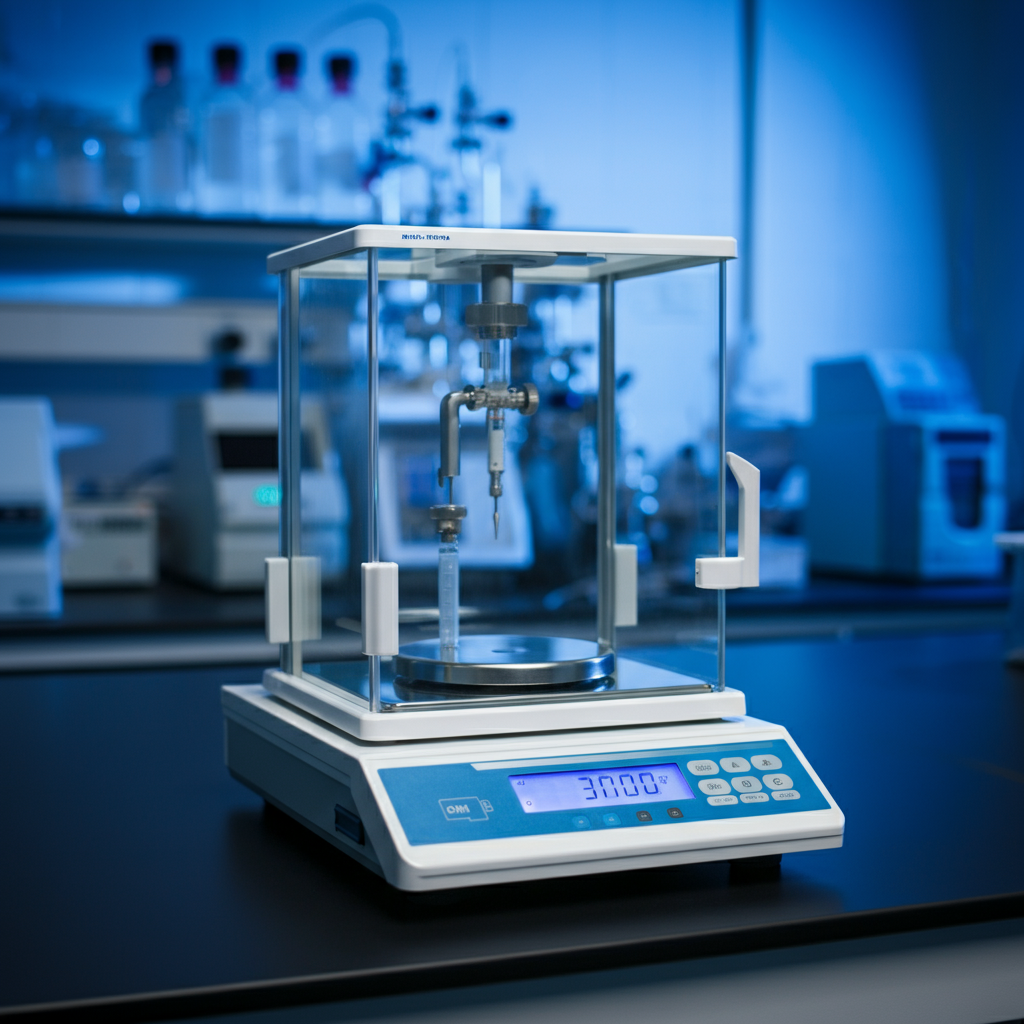
When investing in an analytical balance, it’s essential to understand the key specifications to ensure you choose the right model for your laboratory needs. Here’s what buyers should focus on:
-
Readability: The balance’s ability to detect small mass increments is vital. For high-precision tasks, opt for a balance with a readability of 0.1 mg or higher. This ensures accurate measurements of even the tiniest samples.
-
Capacity: Determine the maximum weight you need to measure, including sample and container. Models generally support weights between 100 g and 300 g. Selecting appropriate capacity prevents overloading and ensures smooth operation.
-
Accuracy and Repeatability: Precision is non-negotiable in any lab. Look for a balance with high accuracy and excellent repeatability to achieve reliable and consistent results during repetitive measurements.
-
Calibration Options: Modern balances feature internal calibration, which simplifies maintenance by automatically adjusting for environmental factors. External calibration, though manual, may offer higher control for some applications. Assess your usage frequency to choose the best option.
-
Additional Features:
- User Interface: A clear, intuitive interface can speed up workflows and reduce errors, especially in high-throughput labs.
- Durability: Select a sturdy design to handle regular use and resist environmental conditions like humidity and temperature changes.
- Connectivity: Look for USB or Bluetooth options if data logging is essential for your work.
By focusing on these practical aspects, buyers can select an analytical balance that balances precision, efficiency, and longevity, ensuring value for every dollar invested in laboratory equipment.